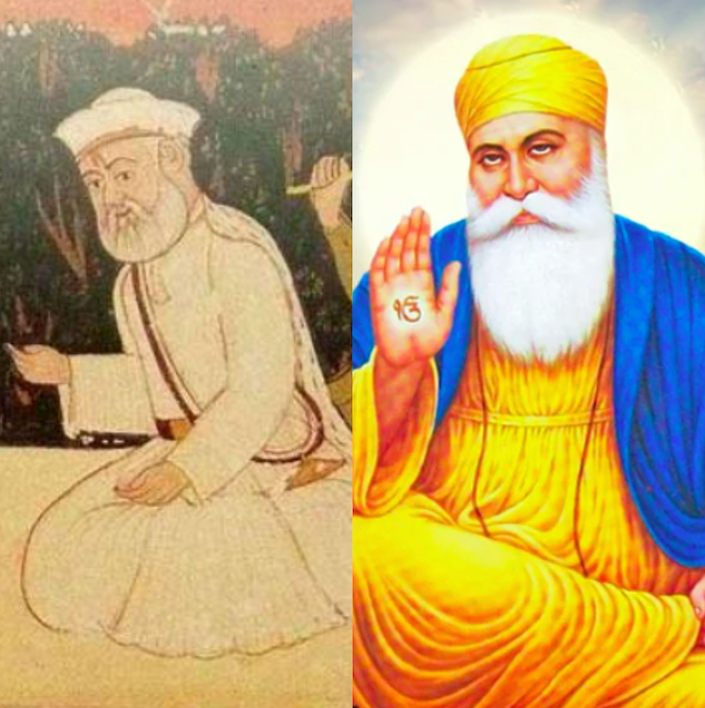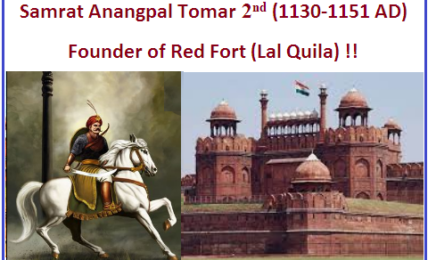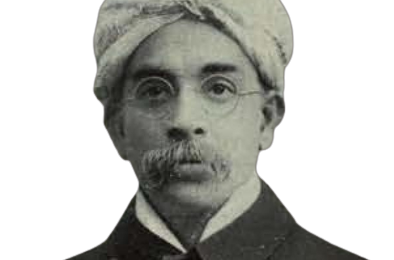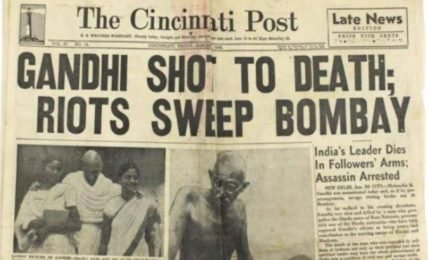The Paradox of Orthodox Sikhism – sikh quest for identity means rejection of sikhism of the gurus
The collapse of Sikh Empire meant that the old order will have to bow down to the new Government and this despairing situation meant that the Sikhs will have to reinvent themselves. The Sikhs became more orthodox and drifted away from the Hindu whole to carve out a separate identity which led to much violence further down. The biggest casualty, ironically, is the Sikhism which the Sikh Gurus and Maharaja Ranjit Singh practiced - a sort of syncretic Sikhism which treated Hindu gods as their equals and the sort of Sikhism which considered itself as a part of Hindu whole. What we have today is an ultra-orthodox Sikhism which was never accepted by the society as a mainstream phenomenon leading to devastating consequences from it's inception.




